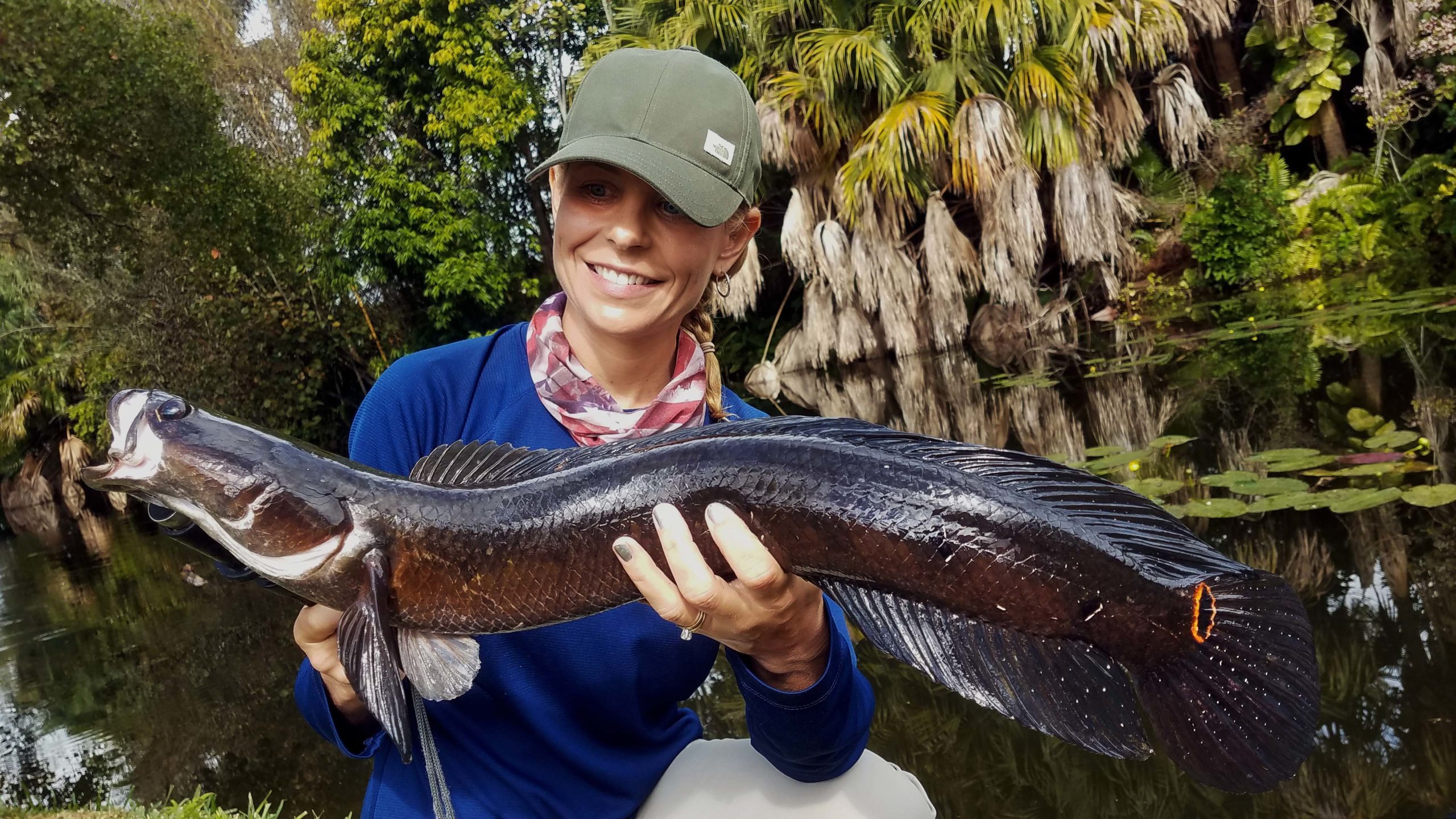

Fish and Wildlife Service (USFWS), announced a new tagging program established to monitor invasive northern snakeheads in the Chesapeake Bay and Blackwater River. This past spring, the Maryland Department of Natural Resources, in conjunction with the U.S. The snakeheads are members of the freshwater perciform fish family Channidae, native to parts of Africa and Asia. 2 In Europe, the first report of the species was from Czechoslovakia in 1956. Efforts to encourage the catch and removal of snakeheads are growing in frequency. 2 It has been introduced to other regions, where it is considered invasive. The United States Department of Agriculture considers the snakehead fish “injurious wildlife,” and it is federally regulated. The northern snakehead ( Channa argus) is a species of snakehead fish native to China, Russia, North Korea, and South Korea, ranging from the Amur River to Hainan. “If possible, take pictures of the fish, including close ups of its mouth, fins and tail (and) note where it was caught,” state officials said. In Georgia, it is illegal to possess one without a valid wild animal license.Īnglers who believe they’ve caught a northern snakehead should kill it immediately and freeze it, officials said. It can also breathe air, and survive in low oxygenated systems, including on land, officials said.Ī snakehead fish is considered a non-native invasive species, which means it affects native species by competing for food and habitat. The long, thin fish has a dark brown blotchy appearance and can grow up to three feet in length. While this is the first time it’s been discovered in Georgia, snakeheads have been reported in 14 states nationwide. “We are now taking steps to determine if they have spread from this water body and, hopefully, keep it from spreading to other Georgia waters.” “Thanks to the quick report by an angler, our staff was able to investigate and confirm the presence of this species in this water body,” said Matt Thomas, chief of fisheries for the Wildlife Resources Division. And officials are warning anyone who comes into contact with the species to kill it immediately.Īn angler caught the northern snakehead fish this month in a pond in Gwinnett County, the Georgia Department of Natural Resources’ Wildlife Resources Division said Tuesday. Northern Snakehead from the USDA National Invasive Species Information Center website provides a profile on the species.An invasive fish species that can breathe air and survive on land has been found in Georgia for the first time. The snakehead is a top predatory fish in native ecosystems and disrupts the natural aquatic feeding structure. They have long dorsal fins, large mouths, and sharp, shiny teeth. There are several species of snakeheads also found in Africa. Origins Snakeheads originate from areas starting from southeastern Iran, eastern Afghanistan and all the way across Asia. Snakeheads are a large species of tropical fish popular among more experienced aquarists. of Environmental Conservation website covers identification of the species and what you should do when you catch one.Ĭhanna argus from the US Geological Survey Nonindigenous Aquatic Species website covers identification, nonindigenous occurrences, ecology, and management of the species. The name 'snakehead' comes from the long, cylindrical body and large scales on their head that give them a snake-like appearance. Snakeheads are also known as Frankenfish, Channa and Monster Fish. Importation and interstate transport of snakeheads is prohibited underįederal Lacey Act. Snakehead fish (genus Channa and Parachanna) and their viable eggs. New York State prohibits possession, sale and live transport of The giant snakehead fish, a territorial predator thats native to eastern Asia, is featured via trips to Thailand. Authorities in all states are working to control snakehead populations, and prevent colonization of additional waterways. Young fish can move across the ground to access water. Snakeheads can breathe air and they may survive for days out of water inĭamp conditions. When oxygen is insufficient to support most of our native fish, They feed voraciously and spawn multiple times each year. Three feet long and surviving throughout the continental US in a variety Northern snakeheads are top predators capable of growing to at least Recreational and commercial fishing, harm native fish and wildlife, and Snakeheads are highly invasive and have the potential to disrupt

The Northern snakehead fish (Channa argus) is native to China, Russia and Korea. Share on Facebook Share on Twitter Share on LinkedIn Share on Pinterest> Northern Snakehead Fish


 0 kommentar(er)
0 kommentar(er)
